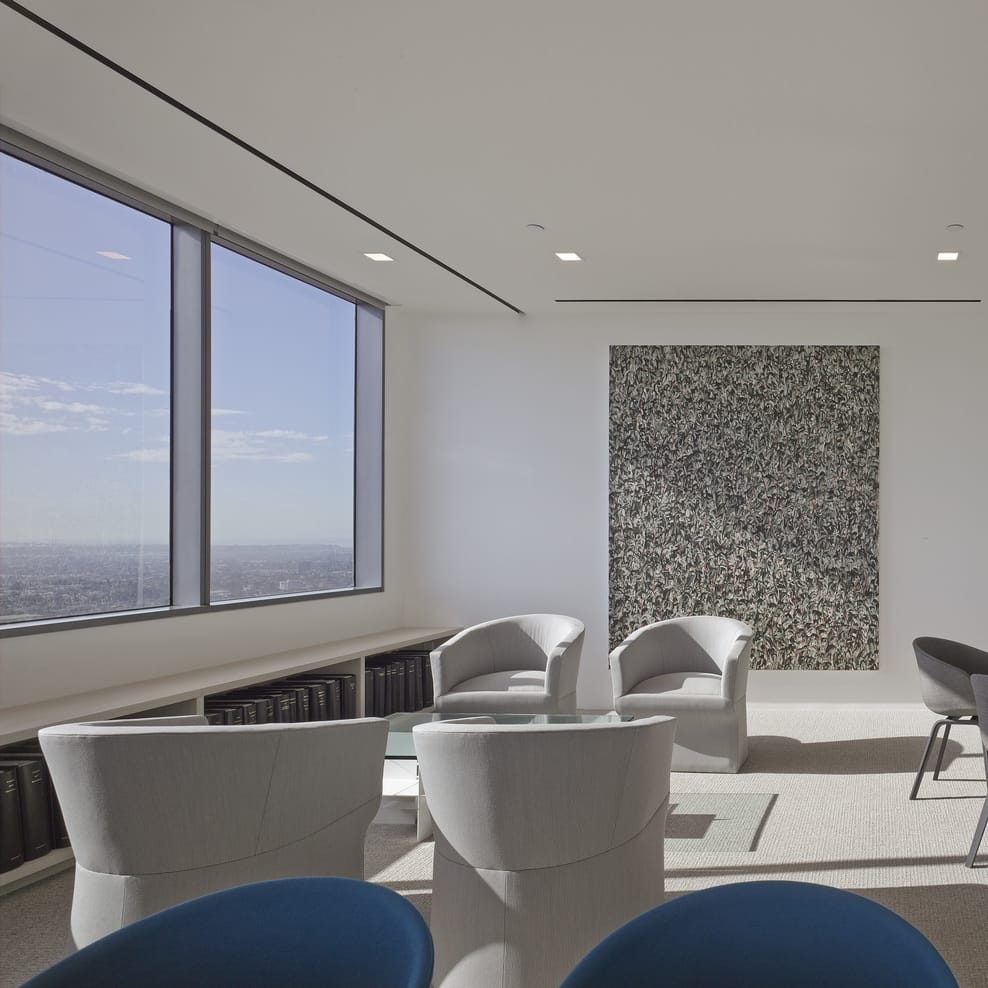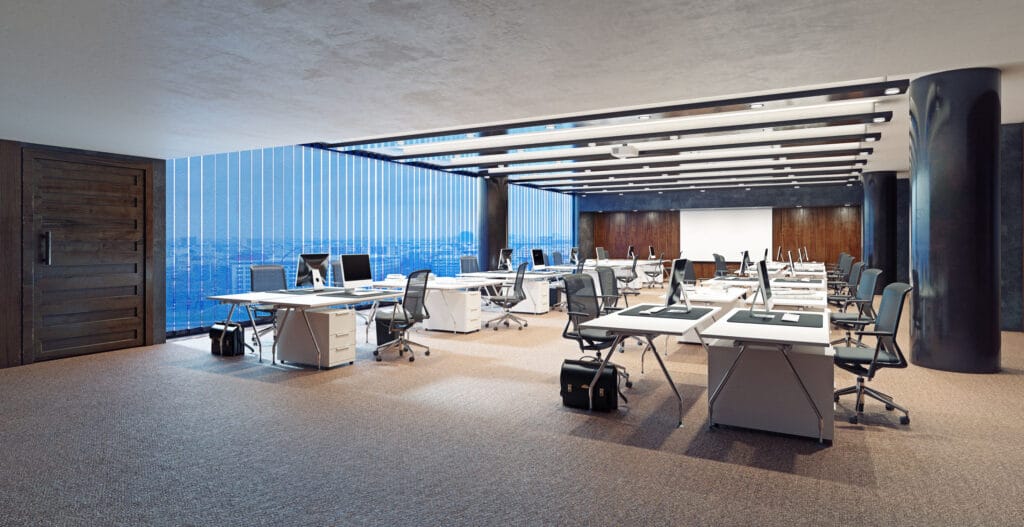Carpet
Woven + Chosen
Previous slide
Next slide
Product: Carpet

Carpets
The widespread popularity of carpets has inspired stories of the magic carpet, a legendary carpet that can be used to transport people who are on it instantaneously or quickly to their destination.
The term carpet comes from Old French carpite, from Old Italian carpita, “carpire” meaning to pluck.
Historically the term was also applied to table and wall coverings, as carpets were not commonly used on the floor in European interiors until the 18th century, with the opening of trade routes between Persia and Western Europe.
Product: Carpet
Woven
The carpet is produced on a loom quite similar to woven fabric. The pile can be plush or Berber. Plush carpet is a cut pile and Berber carpet is a loop pile. There are new styles of carpet combining the two styles called cut and loop carpeting. Normally many colored yarns are used and this process is capable of producing intricate patterns from predetermined designs (although some limitations apply to certain weaving methods with regard to accuracy of pattern within the carpet). These carpets are usually the most expensive due to the relatively slow speed of the manufacturing process. These are very famous in India, Pakistan and Arabia.
Tufted
These are carpets that have their pile injected into a backing material, which is itself then bonded to a secondary backing made of a woven hessian weave or a man made alternative to provide stability. The pile is often sheared in order to achieve different textures. This is the most common method of manufacturing of domestic carpets for floor covering purposes in the world.
Fibres and yarns used in carpet
Carpet can be made from many single or blended natural and synthetic fibres. Fibres are chosen for durability, appearance, ease of manufacture, and cost. In terms of scale of production, the dominant yarn constructions are polyamides (nylons) and polypropylene with an estimated 90% of the commercial market.
Nylon is most common dominating commercial carpet with in excess of 90% of market share.
Nylon is the most common material for construction of carpets. Both nylon 6 and nylon 6-6 are used. Nylon can be dyed topically or dyed in a molten state (solution dying). Nylon can be printed easily and has excellent wear characteristics. In carpets nylon tends to stain easily because it possesses dye sites on the fibre. These dye sites need to be filled in order to give nylon any type of stain resistance.




